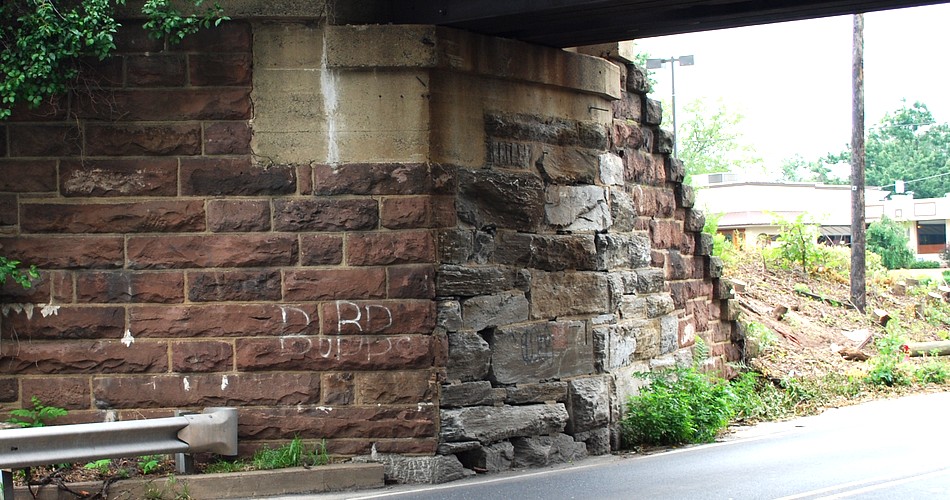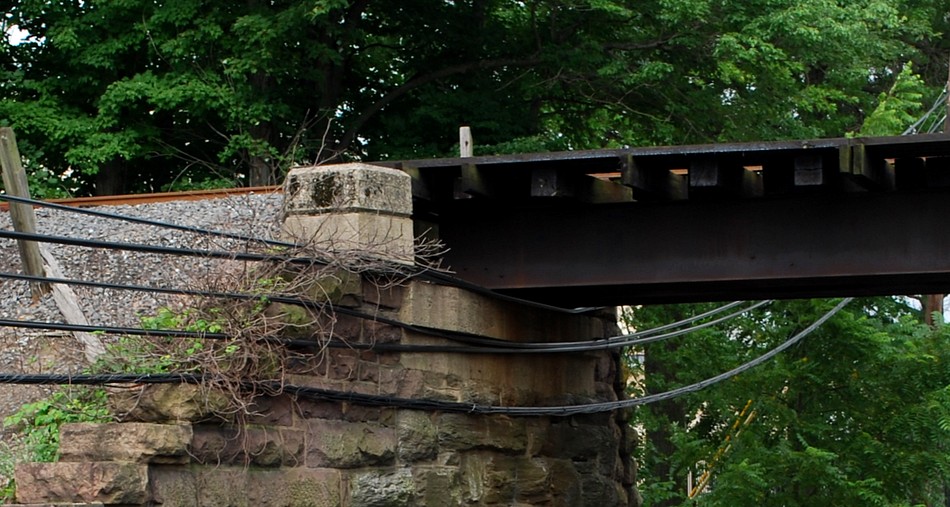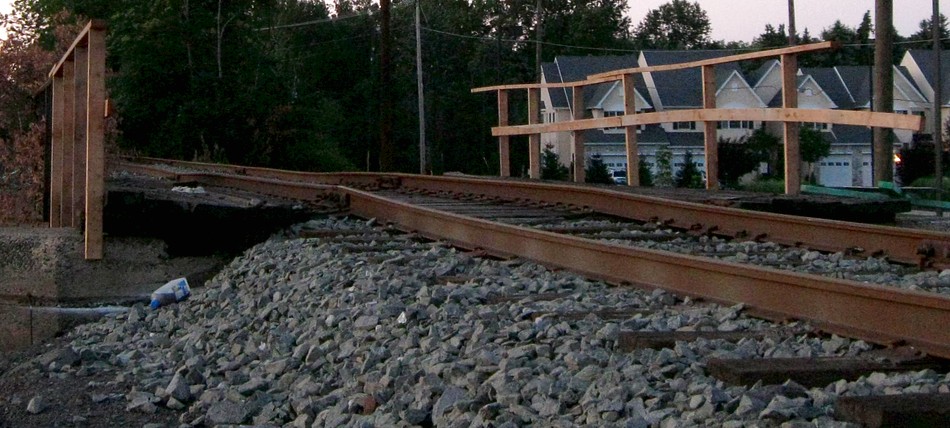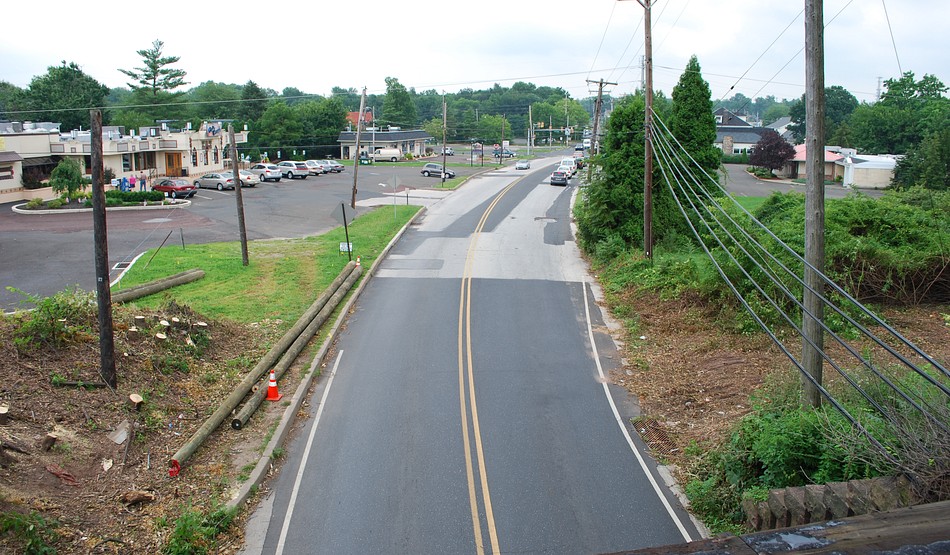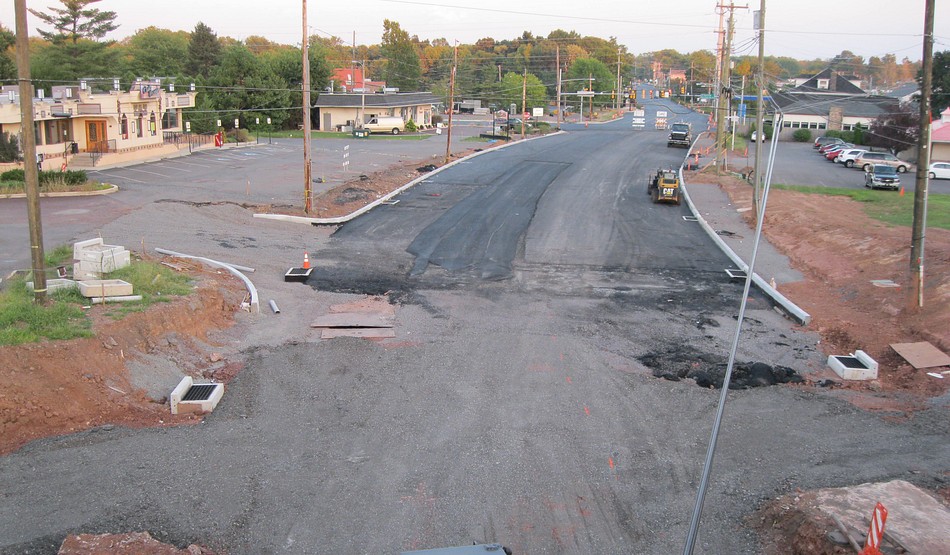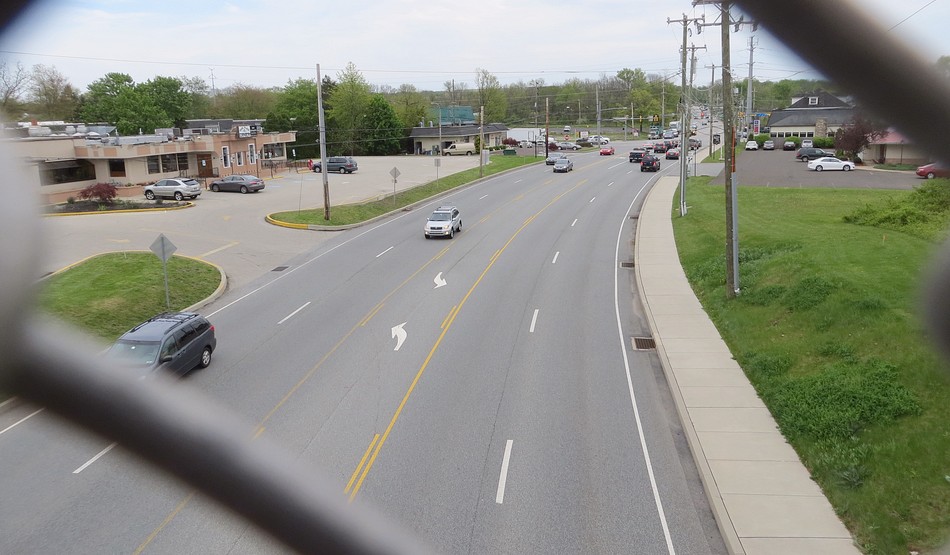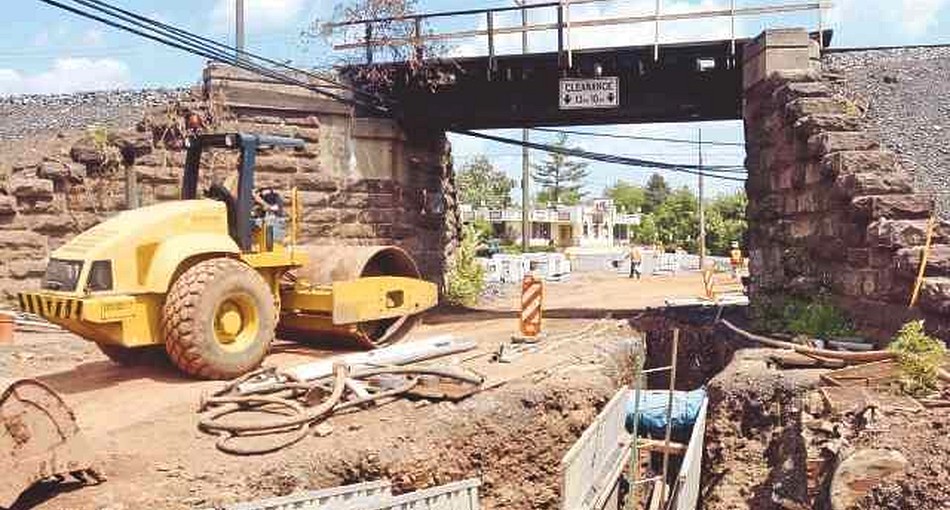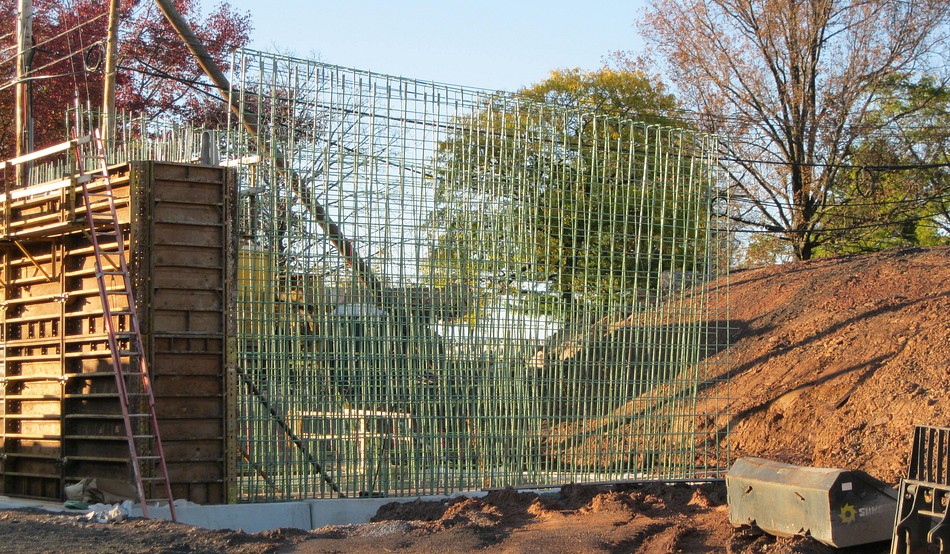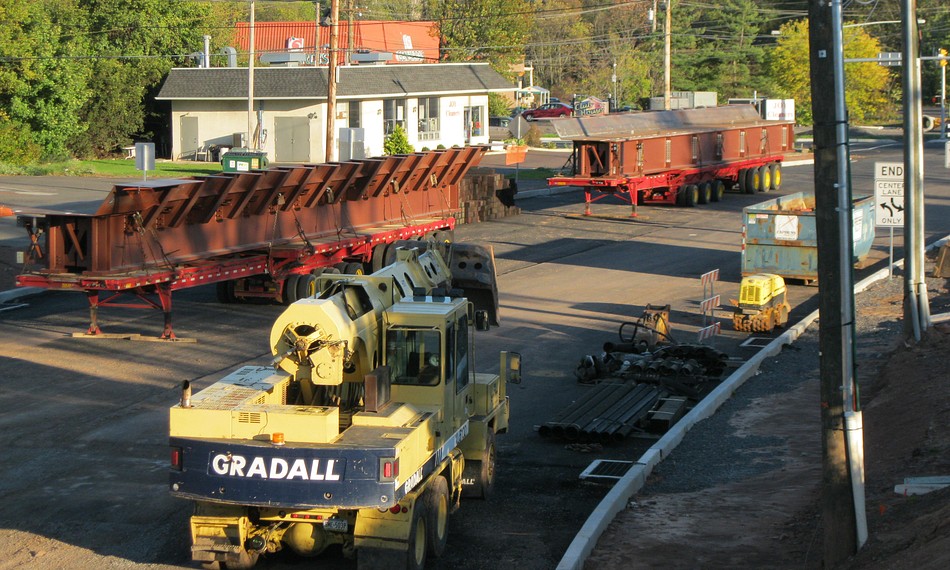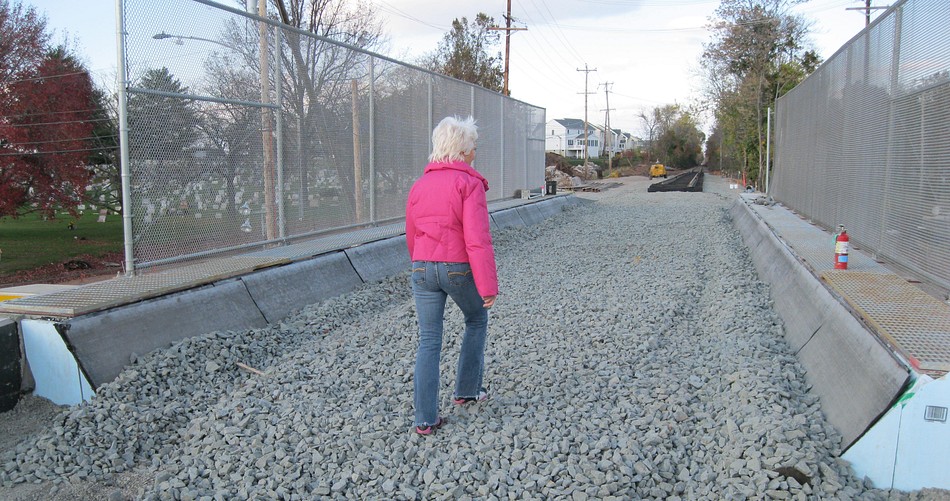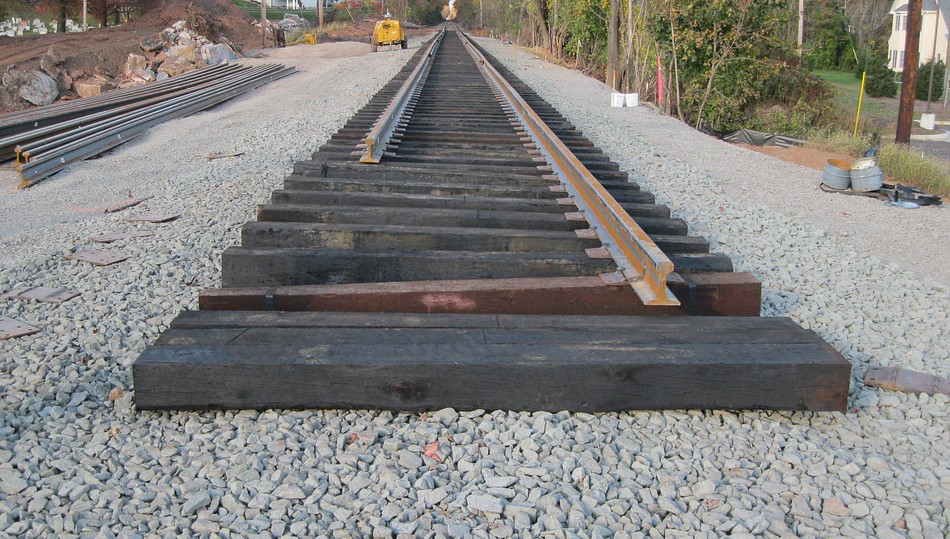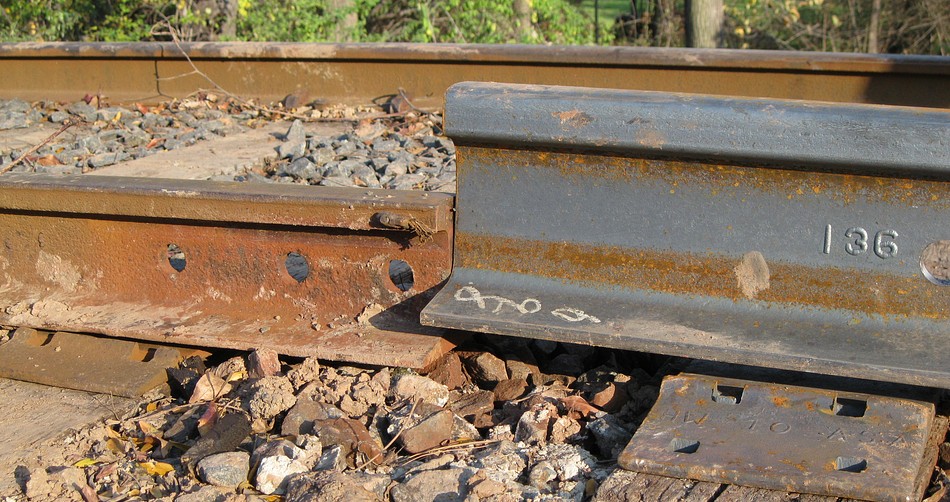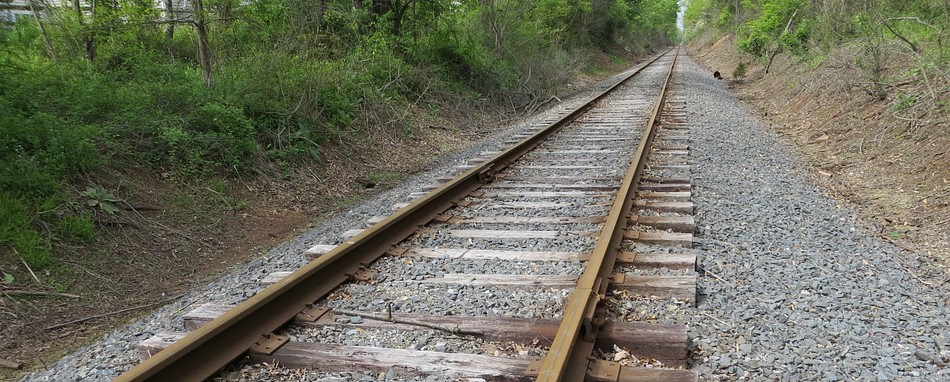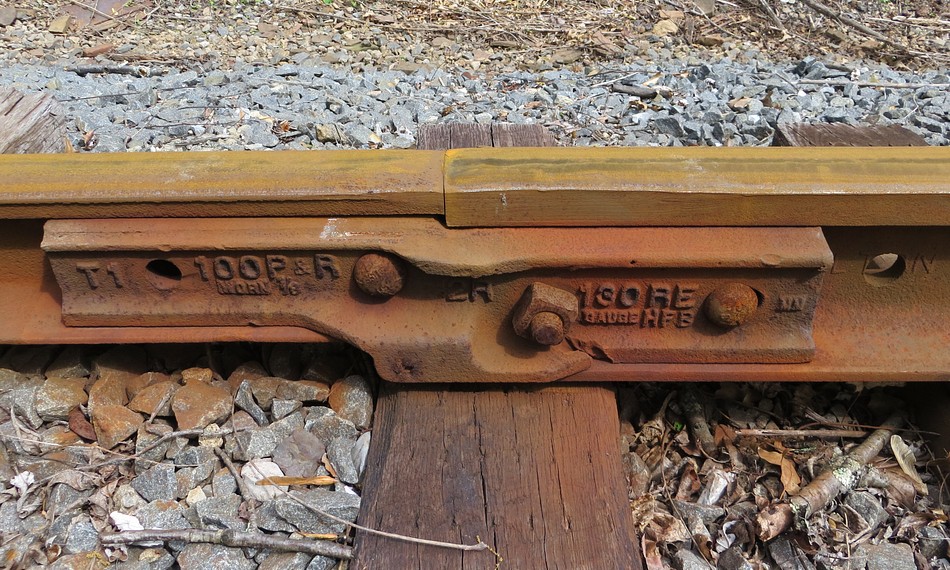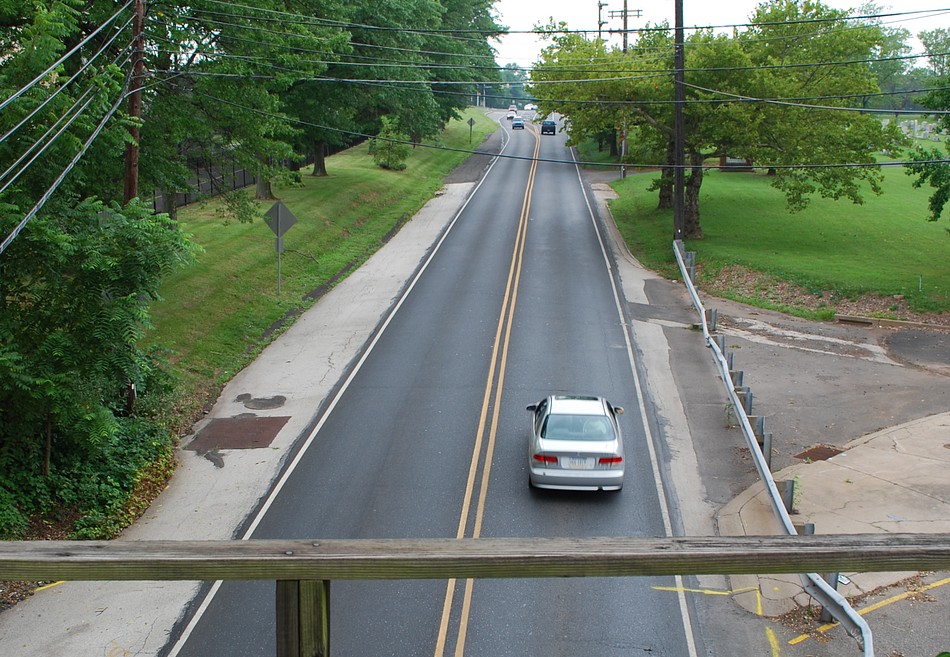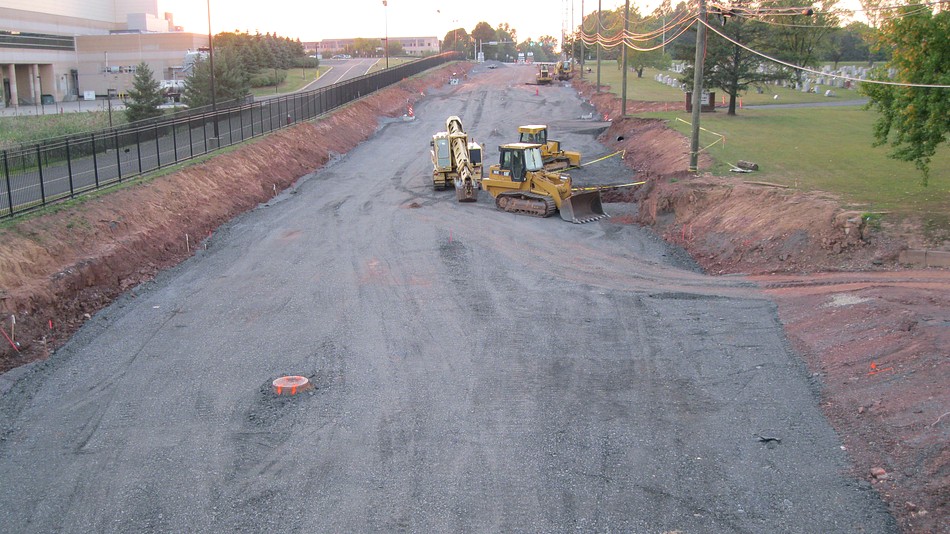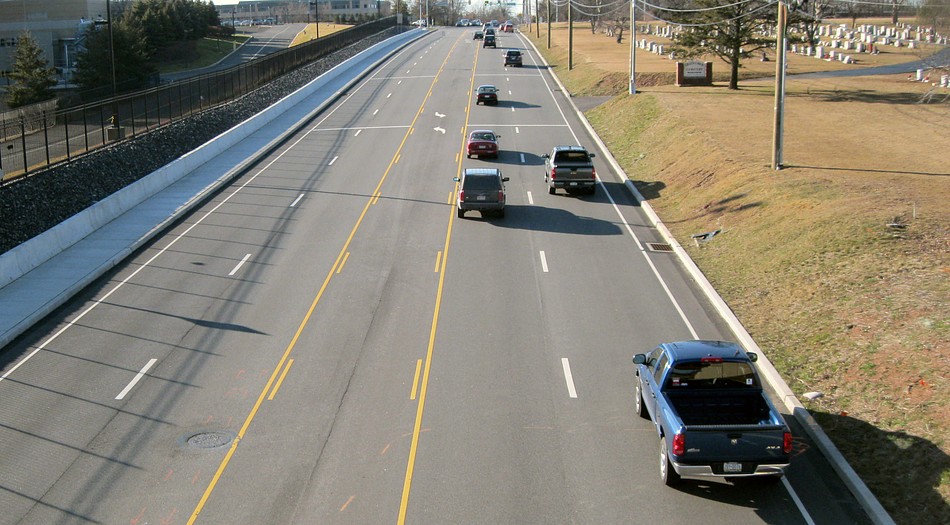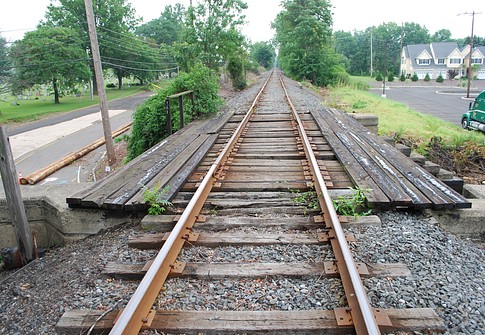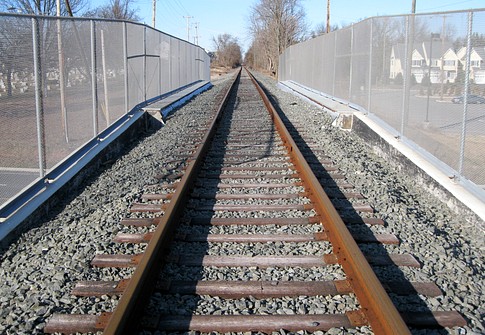|
|
|
|
|
|
Before the bridge could be replaced, these
Verizon cables had to be moved. |
|
|
|
|
|
Just before the bridge was torn down, the
missing railing was replaced. Safety first! Notice the condition
of the tracks. |
|
|
|
|
|
View from the bridge in 2009. |
|
|
|
|
|
View from the bridge in 2010. |
|
|
|
|
|
View from the bridge in 2012. |
|
|
|
|
|
June 2010. Photo from the North Penn Reporter. |
|
|
|
|
|
Checking things out at sunset, after the workers
leave for the day. |
|
|
|
|
|
October 2010. Forms being readied for the
concrete abutments. |
|
|
|
|
|
The new deck arrives in October of 2010. On
the right, Verizon cables now go underground. |
|
|
|
|
|
|
On top of the new bridge. October 31, 2010. |
|
|
|
|
|
The track was replaced for several hundred feet
in each direction. |
|
|
|
|
|
1875 rail meets 2010 rail. Looks like a problem. How did the
trackmen resolve it? |
|
|
|
|
|
Several sections of tapered rail were used to
match the new with the old. |
|
|
|
|
|
|
Here is where the old and the new are tied
together. |
|
|
|
|
| Sumneytown Pike in 2009, looking
north. Allentown Road is to the right, now closed so it
can be moved to the other side of Green Lawn Cemetery
and aligned with an entrance to Merck. Allentown Road opened in
1768. This was the second time the intersection was moved.
It was routed along the train tracks in 1914 so it
wouldn't have to cross them. |
|
|
|
|
|
|
Widening Sumneytown Pike. |
|
|
|
|
|
Sumneytown Pike in 2012. |
|
|
|
2009 |
2010 |
|
|
|
